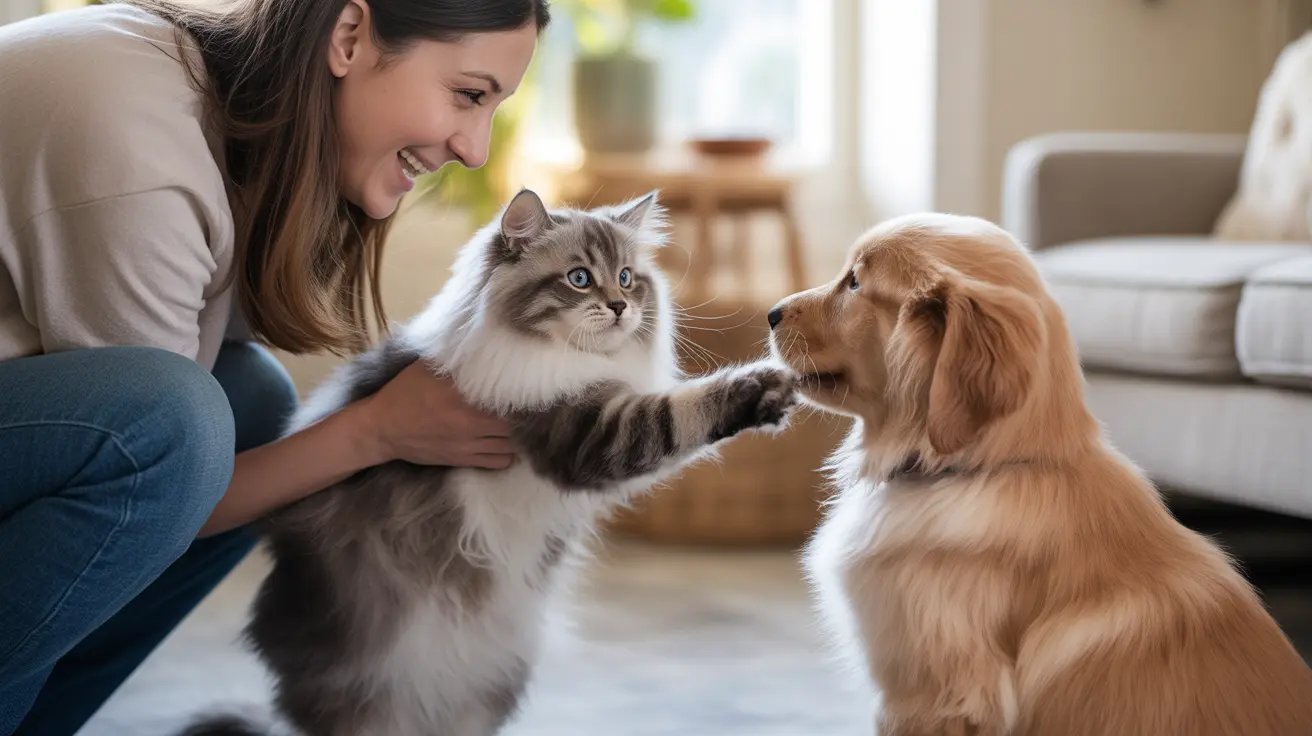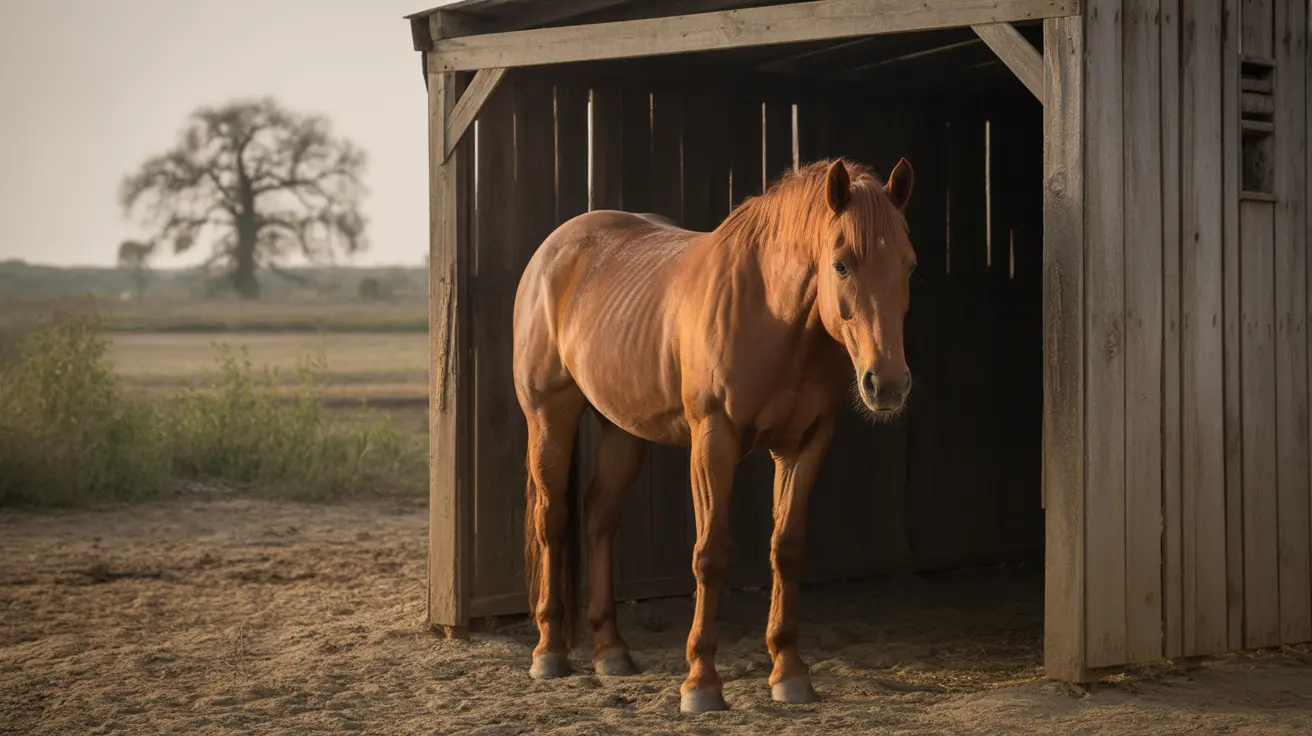If you've ever brought home a new pet or paid attention to another family member, you may have noticed your cat acting differently. Many cat owners wonder if their feline companions experience jealousy, and recent research suggests that cats can indeed display behaviors remarkably similar to what we humans recognize as jealousy.
While cats may not experience jealousy exactly as humans do, they are capable of complex emotional responses, especially when it comes to protecting their resources and relationships. Let's explore the fascinating world of feline emotions and understand what really happens when cats appear to show jealous behavior.
Understanding Feline Jealousy
Scientists have discovered that cats can exhibit protective behaviors when they perceive a threat to their relationship with their owners or their access to resources. These reactions often manifest in ways that mirror human jealousy, though the underlying mechanisms may be different.
Research shows that cats are particularly sensitive to changes in their social environment and can display strong reactions when they feel their position in the household is threatened. This behavior has evolutionary roots in their need to protect valuable resources and maintain social bonds.
Common Signs of Jealous Behavior in Cats
Attention-Seeking Actions
When cats feel threatened by a new presence, they often increase their attention-seeking behaviors, including:
- Excessive meowing or vocalization
- Pushing themselves between their owner and the "rival"
- Following their owner more closely than usual
- Demanding more physical contact and affection
Aggressive or Defensive Behaviors
Some cats may display more confrontational responses such as:
- Hissing or growling at the perceived rival
- Swatting or scratching
- Blocking access to certain areas
- Marking territory through spraying or scratching furniture
Triggers That Spark Jealous Reactions
Several common situations can trigger jealousy-like behaviors in cats:
New Additions to the Household
- New pets
- Babies or children
- New romantic partners
- House guests or roommates
Changes in Routine or Environment
- Modified feeding schedules
- Relocated furniture or cat items
- Altered sleeping arrangements
- Different work schedules affecting attention time
Managing and Preventing Jealous Behavior
Taking proactive steps can help minimize jealous reactions in your cat:
Maintain Consistent Attention
- Schedule dedicated playtime
- Keep feeding routines consistent
- Provide individual attention to each pet
- Create special spaces for your cat
Gradual Introductions
When introducing new family members or pets, take it slow:
- Use separate spaces initially
- Allow supervised interactions
- Reward positive behavior
- Create positive associations
Frequently Asked Questions
What behaviors indicate that a cat might be feeling jealous?
Common signs include excessive meowing, pushing between you and others, aggressive behavior toward new pets or people, marking territory, and changes in usual routines like eating or using the litter box.
How do cats typically react when a new pet or person is introduced into the home?
Cats may display various reactions including hiding, aggressive behavior, marking territory, or increased attention-seeking. Some might also show signs of stress through changes in eating or grooming habits.
Can cats get jealous of their owner's attention being given to other pets or family members?
Yes, cats can display jealous-like behaviors when their owners give attention to others. This stems from their natural instinct to protect valuable relationships and resources.
What practical steps can I take to reduce jealousy-related behaviors in my cat?
Maintain consistent routines, provide plenty of individual attention, introduce new pets or people gradually, and ensure your cat has their own special spaces and resources.
Are certain cat breeds more prone to jealousy, or is it mostly individual personality?
While some breeds may be more prone to attachment-based behaviors, jealousy-like reactions are primarily influenced by individual personality traits and past experiences rather than breed-specific characteristics.
Conclusion
While the debate continues about whether cats experience jealousy exactly as humans do, it's clear that they can display protective and possessive behaviors when they feel their important relationships or resources are threatened. Understanding these behaviors and responding appropriately can help maintain harmony in your household and ensure your cat feels secure and loved.
Remember that sudden changes in behavior might also indicate health issues, so consult with your veterinarian if you notice dramatic or concerning changes in your cat's behavior patterns.






